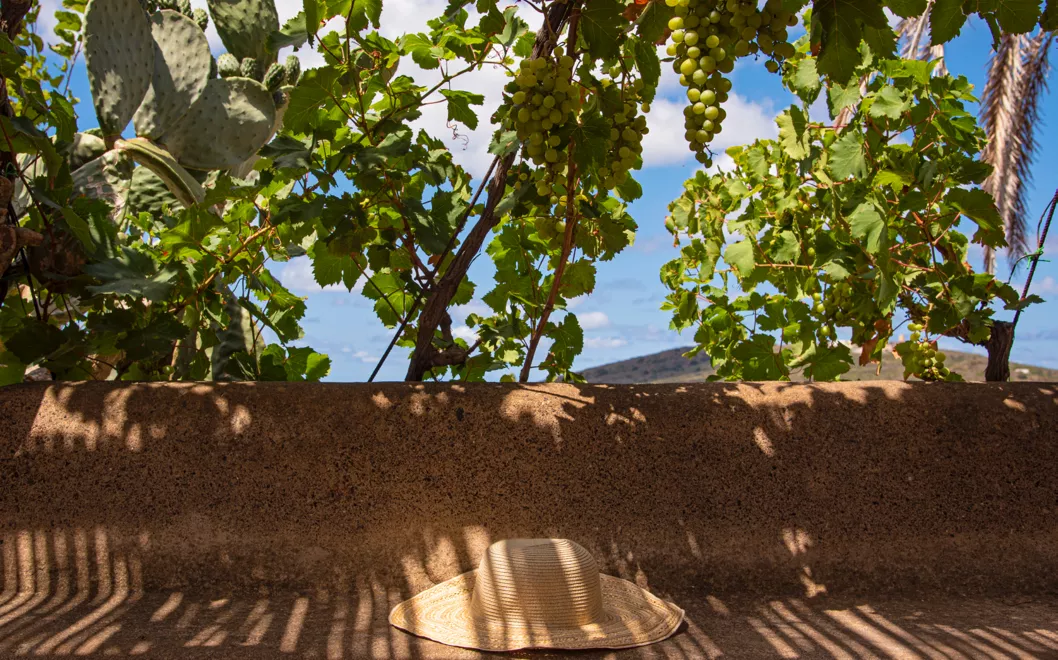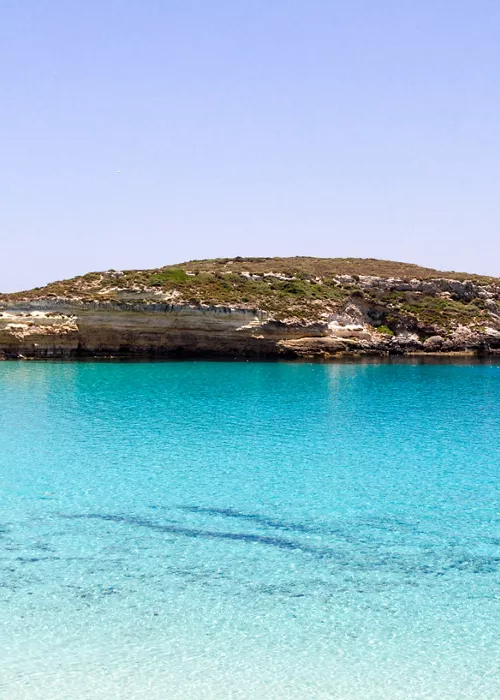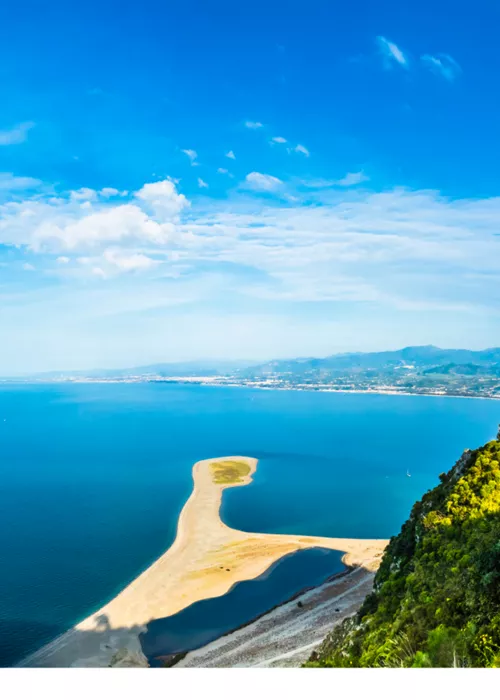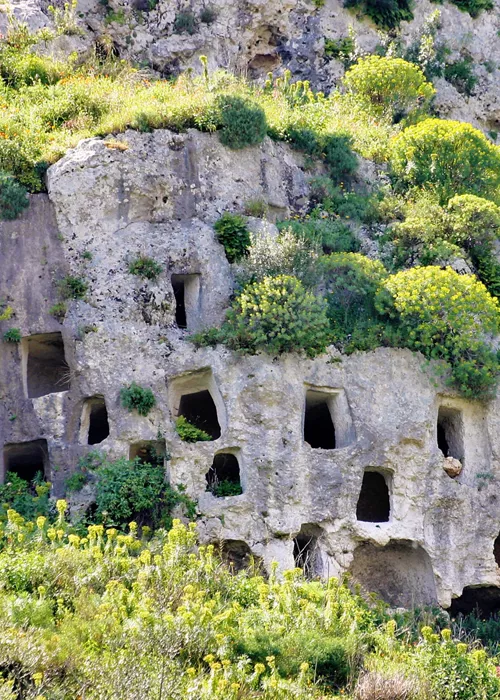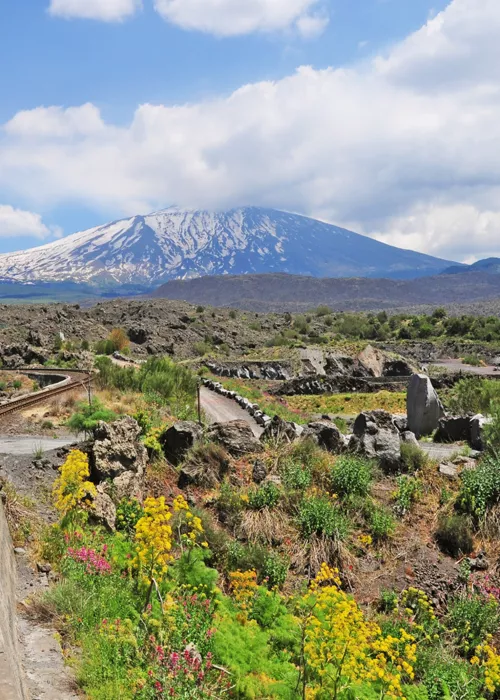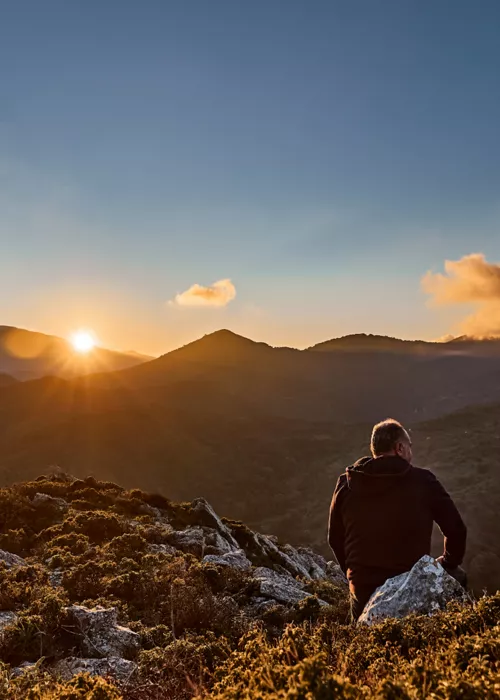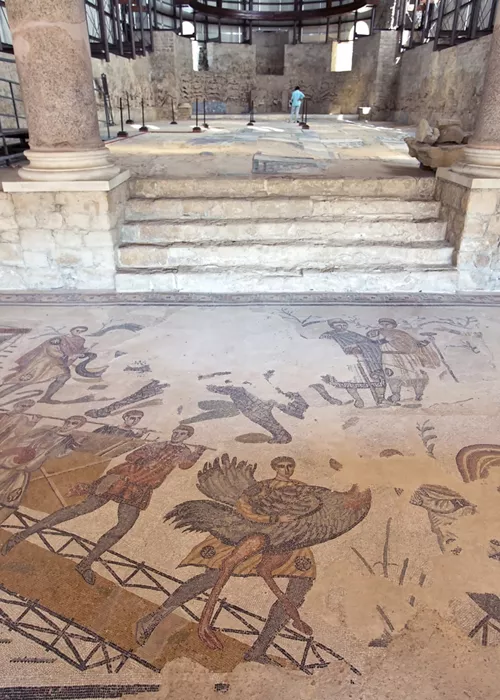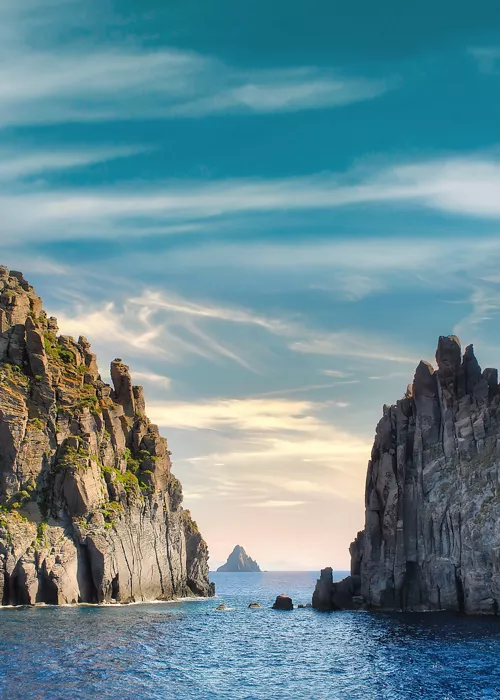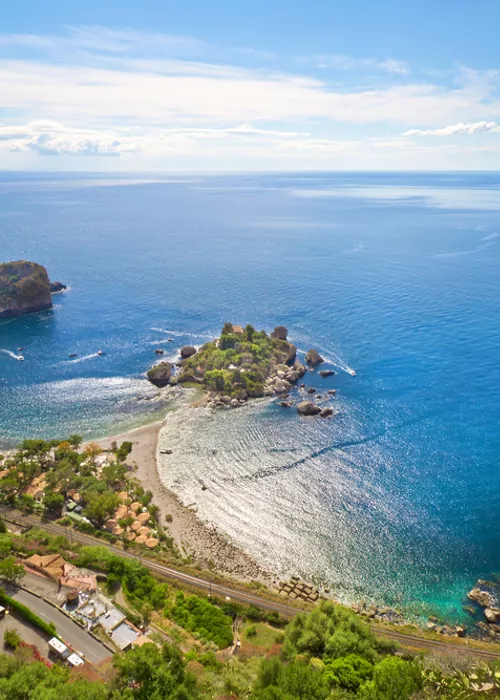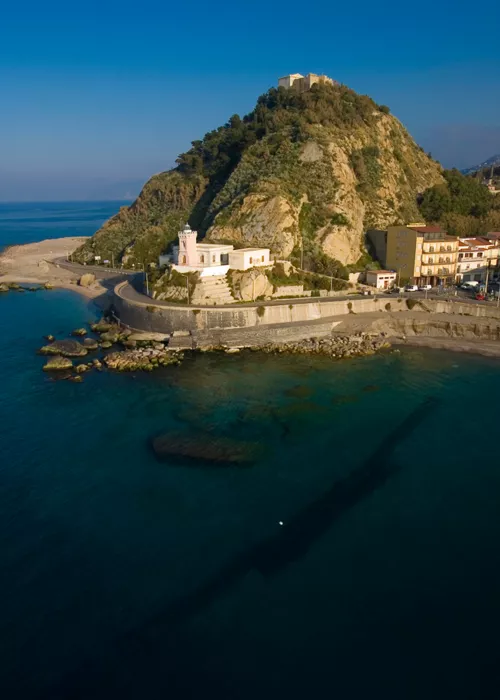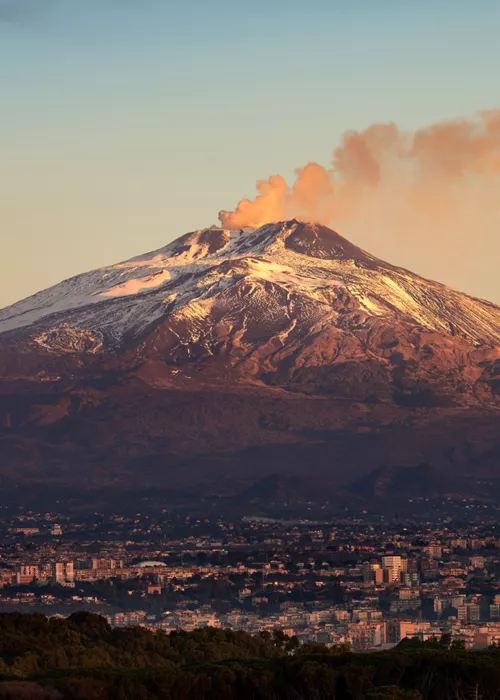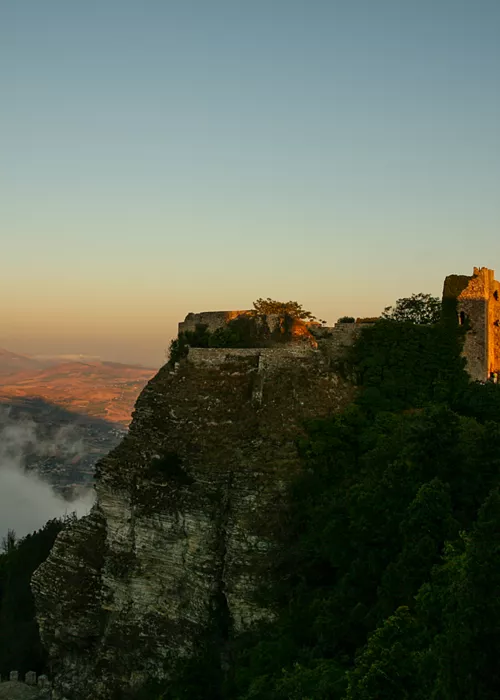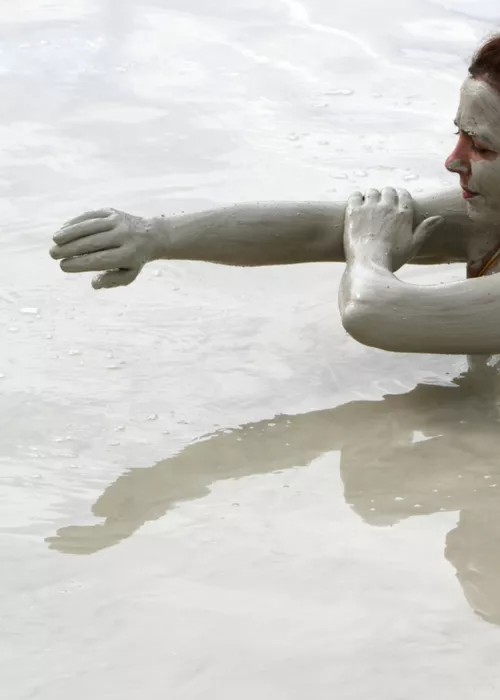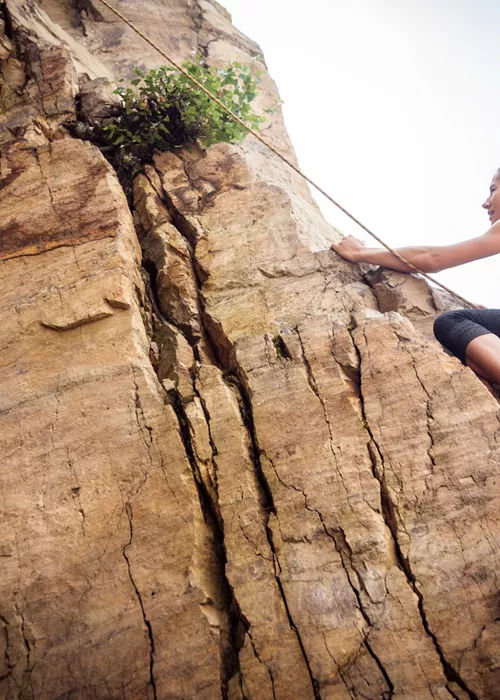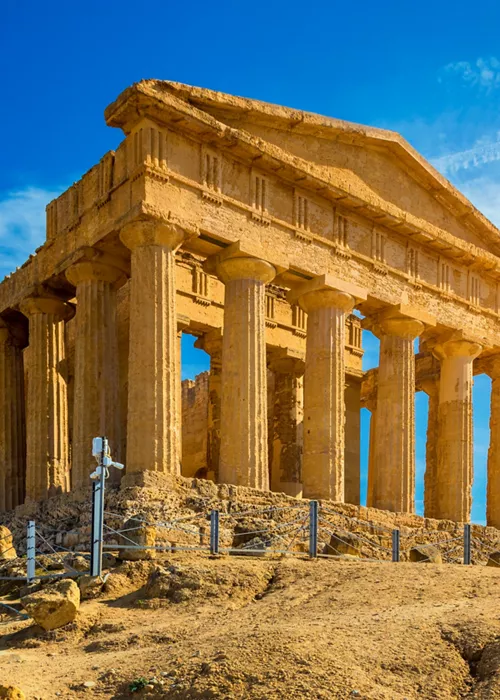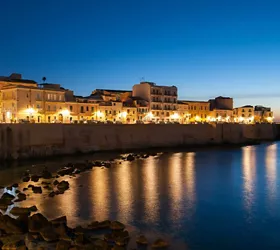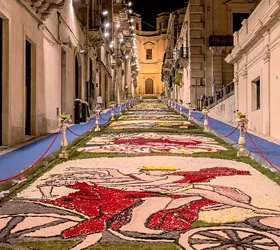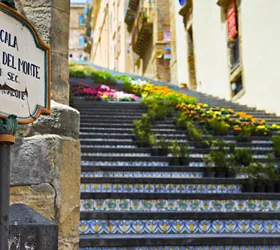The Valle di Monastero on Pantelleria among the Zibibbo vineyards
3 minutes
It is enough to look out over the edge of the ancient volcanic caldera that gave birth to the Valle di Monastero for your gaze to wander over vineyards as far as the eye can see. These are Zibibbo grapes from Pantelleria, a very ancient vine that is still cultivated on the island according to a technique introduced by the Phoenicians. So much so, in fact, that it also merited inscription on the UNESCO World Heritage List in 2014.
The vineyards of the Valle di Monastero on Pantelleria
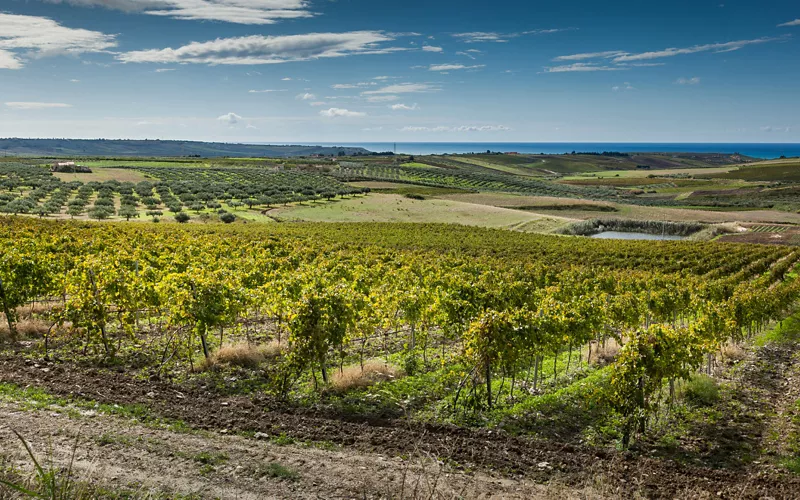
The valley was formed by the collapse of a volcanic caldera, but the rim is still partly visible along the coast of Zinedi, the ridge of Ghirlanda or the coast of Zighidì. The name of the valley originates from the presence of an ancient Byzantine monastery that is no longer there. Today, instead of monks, there are Zibibbo growers: this is one of the most fertile areas on the island.
The head-trained bush vines, inscribed on the UNESCO heritage list
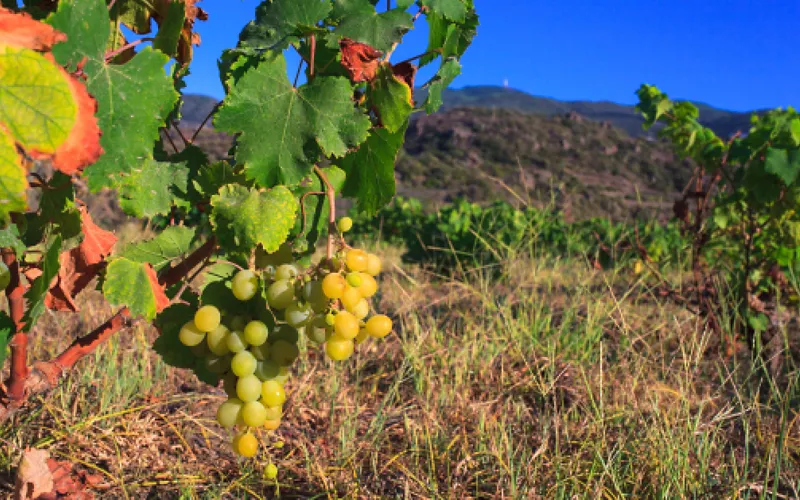
Terraces, valleys and plateaus on Pantelleria are covered by the undisputed lord of the Pantellerian landscape, the Zibibbo, also known as Moscato di Alessandria, which grows here in bush form.
The vine is planted in a 20-centimetre-deep hole to protect it from the sirocco winds that batter the island and also favour the accumulation of humidity, essential in a place where very little rain falls. It’s no coincidence that the name Pantelleria comes from the Arabic Bent-el Rhia and means Daughter of the Wind. This is why dry stone walls are built to protect the crops according to a technique imported from the Arabs.
Human effort, manually tending every single vine since the dawn of time, is among the basic ingredients of the grapes, which are harvested from the end of July. They are then dried in the sun for 15-20 days. The name Zibibbo is believed to derive from the Arabic zabīb meaning 'dried grapes'.
The hours of work required to cultivate Zibibbo on the island are three times those needed for a vineyard on the mainland, and the yield is still lower. That is why the wine made from it is so precious. To drink a glass of Passito is to savour age-old wisdom along with the sweet scents of a grape grown on the fertile volcanic soil.
A walk of discovery through the vineyards
Enjoy a walk exploring Pantelleria's landscape amidst dammusi, vineyards, expanses of capers and a few archaeological gems along the paths of the Pantelleria National Park.
The Zighidì-Sauna-Favare Trail
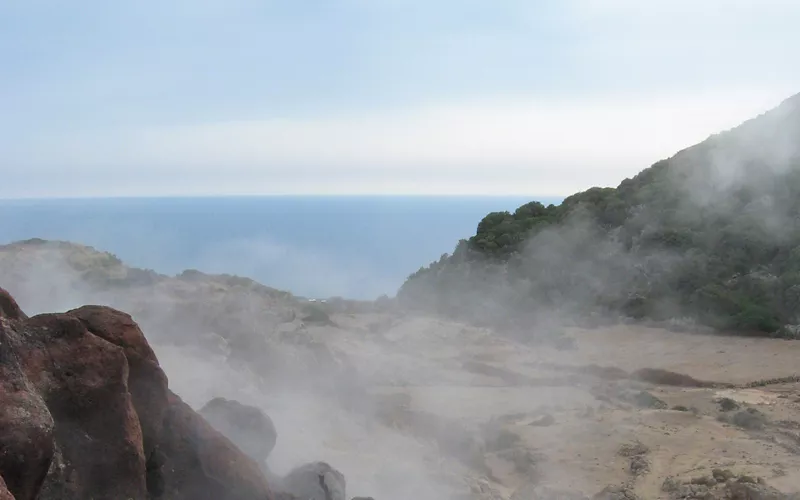
The itinerary starts from the area of the Byzantine tombs excavated in the volcanic rock, crosses rural areas cultivated with Zibibbo, olive and caper trees, and leads to the area of the volcanic Favare via the Sauna di Benikulà, also known as the 'dry bath', since one bathes without immersing oneself in water, due to the vapours emitted through the rock. The paths to follow are numbers 975 and 977. You walk for about three hours, soaking up the wonderful scenery.
Walking in the Valle di Monastero
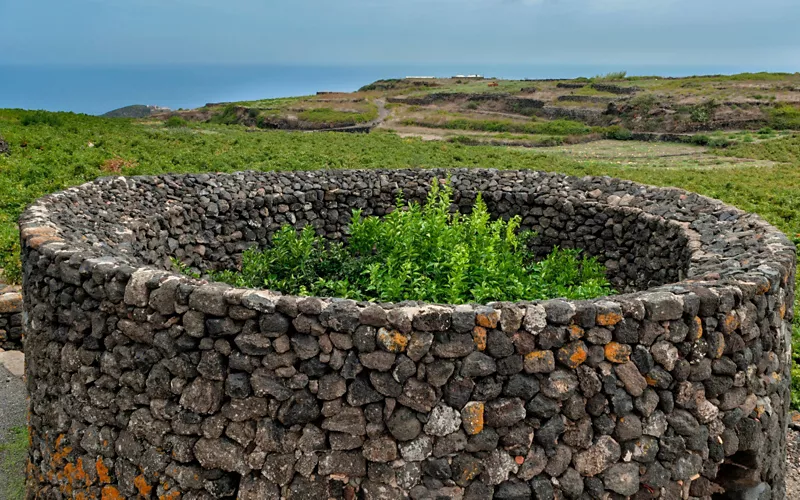
Alternatively, there are several local associations that organise walks around the Valle di Monastero, among dammusi and vineyards. In a couple of hours from the Zighidì ridge, you come to the valley below. Along the way you can also see the characteristic Pantelleria gardens, high circular walls that protect the citrus groves from the wind.
Itinerary of the Route of the head-trained bush vines
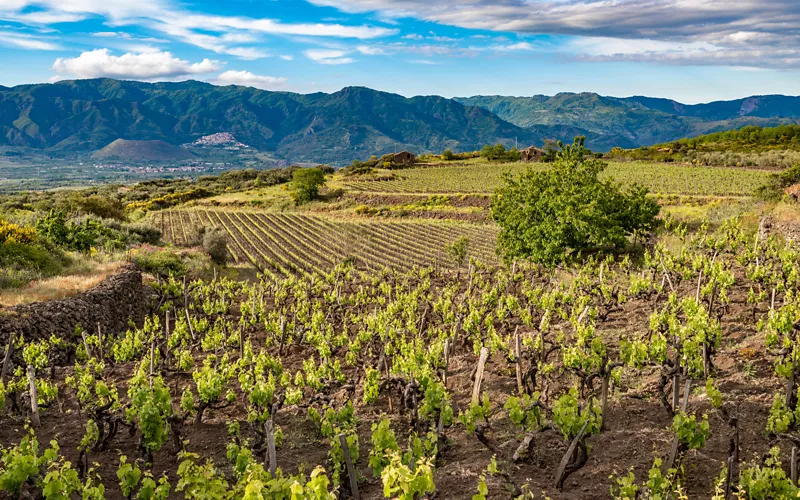
Since 2016, the municipality of Pantelleria has also established the Strada della Vite ad Alberello (Route of the head-trained bush vines), a 37-kilometre-long circuit to discover the techniques of vine cultivation and wine production on the island's unique volcanic soil.
Pantelleria Doc Festival
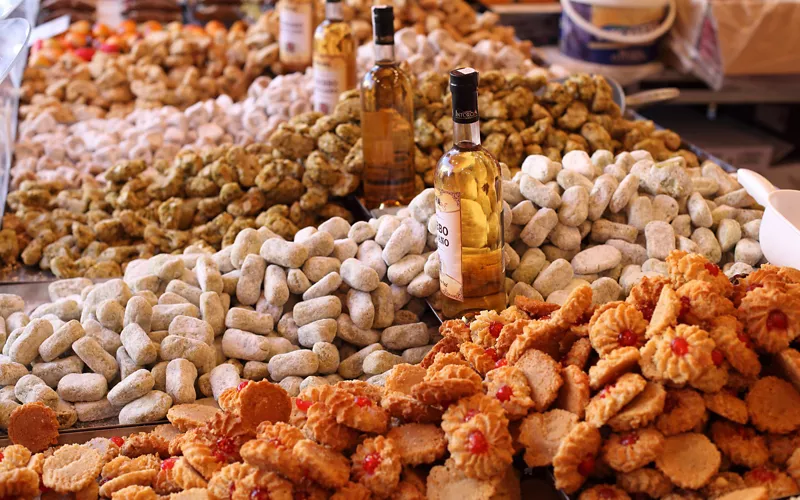
The best time to visit Pantelleria is between the end of July and the beginning of August to discover the entirely manual harvesting of the Zibibbo grapes, but if you visit in early September, you can immerse yourself in the atmosphere of the Pantelleria Doc Festival, which celebrates the island's wines with a full calendar of events, tastings and excursions.

